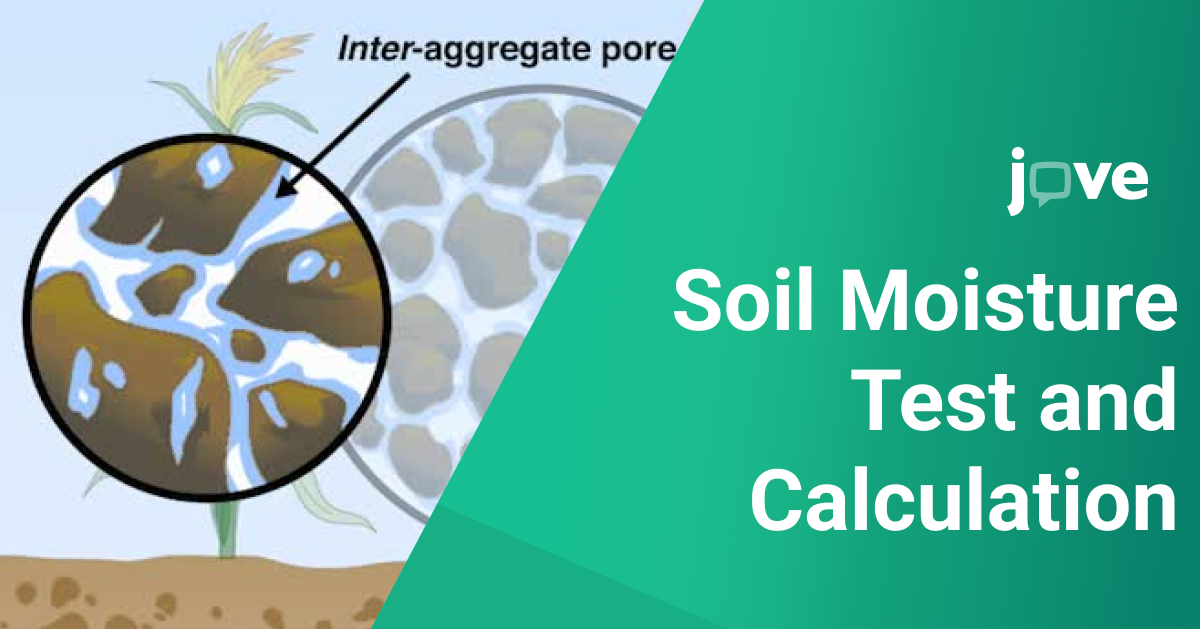In this blog post, we will explore the concept of soil moisture, its significance, and how it is measured. Soil moisture refers to the water content held within the soil, which is crucial for plant growth, nutrient uptake, and soil health. Understanding how to measure soil moisture content is fundamental for effective agricultural practices, such as determining irrigation schedules and managing agricultural resources.
What is Soil Moisture?
Soil moisture refers to the water content held within the soil, which is crucial for plant growth, nutrient uptake, and soil health. Understanding how to measure the moisture content of soil is fundamental for effective agricultural practices such as determining irrigation schedules and managing agricultural resources.
How to test Soil Moisture? Measuring methods
To accurately gauge soil moisture content, a range of sophisticated tools and methods are employed, including tensiometers and time-domain reflectometry. These technologies offer unique insights into the soil's water content, crucial for managing agricultural practices and environmental studies effectively.
One of the most established methods for determining and test thesoil moisture is the gravimetric technique. This approach involves a straightforward process: first, a soil sample is collected and its wet weight is measured. The sample is then dried in an oven at 105°C to ensure all moisture is evaporated. Once dried, the sample is weighed again to obtain its dry weight.
How to Calculate the Soil Moisture?
The moisture content of the soil is calculated using the following formula:
Soil Moisture Content (%)=(Wet Weight−Dry WeightDry Weight)×100
Soil Moisture Content (%)=(
Dry Weight
Wet Weight−Dry Weight
)×100
This percentage represents the moisture content, providing a direct measurement of the water held within the soil relative to its dry mass. By employing this formula, researchers and farmers can obtain precise data on soil moisture, aiding in more informed decision-making for irrigation and crop management.
Impacts of Soil Moisture on Ecosystems and Agriculture
Environmental factors such as rainfall, temperature, and soil type significantly impact soil moisture dynamics. Learn how to calculate water content in soil and how these factors influence moisture availability.
- Soil Moisture and Plant Health: The intricate relationship between soil moisture and plant health is pivotal for agricultural success. Proper measurement of soil water content is not just about maintaining hydration but also ensuring that plants receive the right balance for nutrient uptake and growth. Adequate soil moisture optimizes root health and prevents stress conditions that can diminish crop yields. By mastering the measurement of soil moisture, farmers can make informed decisions to water efficiently, promoting robust plant growth and maximizing agricultural productivity. This understanding is key to achieving sustainable farming and higher crop yields.
- Soil Moisture's Role in Weather and Climate
The intricate relationship between soil moisture and plant health is pivotal for agricultural success. Proper measurement of soil water content is not just about maintaining hydration but also ensuring that plants receive the right balance for nutrient uptake and growth. Adequate soil moisture optimizes root health and prevents stress conditions that can diminish crop yields. By mastering the measurement of soil moisture, farmers can make informed decisions to water efficiently, promoting robust plant growth and maximizing agricultural productivity. Additionally, soil moisture plays a significant role in influencing local and regional weather patterns and contributes to climate regulation through processes like evapotranspiration. This understanding is key to achieving sustainable farming and higher crop yields.
- Conservation Techniques to Maintain Soil Moisture
Explore sustainable practices such as mulching, cover cropping, and smart irrigation systems that help conserve soil moisture and enhance water efficiency.
How to Learn About Maintaining Soil Moisture with JOVE
JoVE.com offers a comprehensive array of visual and interactive resources designed to enhance understanding of soil moisture management. Through detailed video demonstrations and tutorials, learners can visualize the processes in real-time.
Determination of Moisture content in Soil
Conclusion
Moreover, by understanding how environmental factors affect soil moisture, we can better anticipate and mitigate the effects of extreme weather conditions, thereby supporting ecosystem resilience. The educational resources provided by JOVE serve as an invaluable tool for students, researchers, and practitioners, offering practical insights and fostering a deeper appreciation for the critical role that soil moisture plays in our environment.
